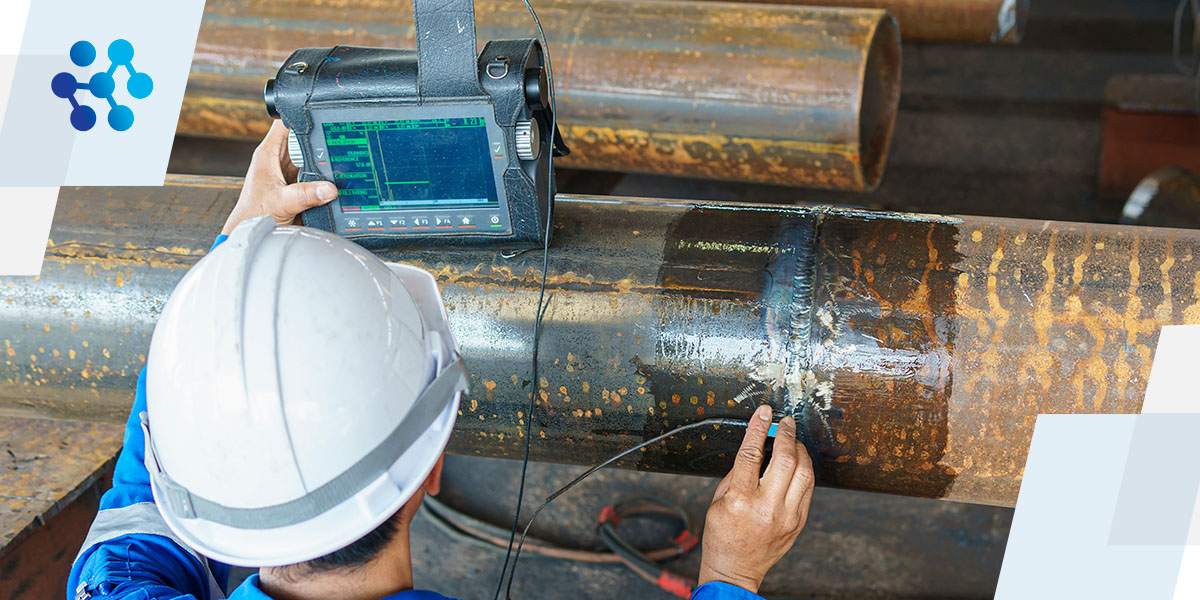A Thorough Review of Storage Tank Welding Evaluation Standards and Methodologies for Improved Weld Top Quality and Efficiency
The relevance of welding evaluation standards in the production of storage tanks can not be overstated, as they act as the foundation for ensuring weld honesty and functional reliability. Numerous assessment strategies, including visual analyses and progressed non-destructive testing techniques, are critical in recognizing prospective flaws that can compromise efficiency. Furthermore, adhering to regulative requirements not just improves weld high quality but additionally mitigates the danger of pricey failings. As we discover the nuances of these approaches, it comes to be vital to consider exactly how a methodical approach can change existing practices and cause considerable enhancements in results.
Relevance of Welding Evaluation Specifications

Welding assessment requirements encompass a variety of criteria, consisting of material specifications, welding treatments, and certifications of personnel associated with the welding process. By imposing these criteria, organizations can methodically identify and fix possible issues, thereby reducing the possibility of expensive repair services or tragic failings. Additionally, extensive assessment practices cultivate a culture of liability and precision, urging welders to preserve high degrees of craftsmanship.

Usual Welding Examination Strategies


Ultrasonic Evaluating (UT) is an additional common technique, making use of high-frequency acoustic waves to detect interior imperfections that might not show up on the surface. This approach is especially efficient for determining gaps or incorporations within the weld metal. Magnetic Particle Evaluating (MT) is likewise commonly used, particularly for ferromagnetic products, as it exposes surface area and near-surface problems via the application of electromagnetic fields and ferrous particles.
Furthermore, Liquid Penetrant Screening (PT) identifies surface-breaking issues by applying a penetrant to the weld and afterwards making use of a designer to draw out the penetrant. Each of these techniques adds to a thorough examination approach, making certain that welds meet the rigorous high quality standards called for in storage tank building.
Regulatory Requirements and Compliance
Governing standards and compliance are necessary parts in ensuring the security and reliability of welded frameworks in storage tank building and construction - Tank Welding Inspection. These requirements offer to establish minimum needs for material residential or commercial properties, welding procedures, and inspection techniques, thus reducing the danger of architectural failures and improving general performance
Secret organizations, such as the American Society of Mechanical Engineers (ASME) and the American Welding Society (AWS), provide standards that are extensively taken on in the sector. Conformity with these requirements not just guarantees adherence to ideal practices but likewise fulfills legal and contractual commitments, safeguarding the rate of interests of stakeholders.
Regulative bodies commonly mandate adherence to certain codes, such as ASME Code Section IX for welding qualifications and API 650 for welded storage tanks. These codes detail needs for welding techniques, qualifications of workers, and screening approaches to validate weld integrity.
Routine audits and assessments are essential to keeping compliance, as they help recognize variances click now from developed criteria. Non-compliance can cause significant penalties, project delays, and safety risks. Therefore, a my review here robust understanding of regulatory criteria and a commitment to conformity are critical in achieving top notch and sturdy bonded container frameworks.
Non-Destructive Testing Approaches
How can the honesty of welded frameworks be assured without creating damage? Non-destructive screening (NDT) methods use a robust solution, making it possible for assessors to examine weld high quality without jeopardizing the material - Tank Welding Inspection. Among one of the most usual NDT techniques are ultrasonic testing (UT), radiographic testing (RT), magnetic particle testing (MT), and color penetrant screening (PT)
Radiographic screening involves passing X-rays or gamma rays with the weld, producing pictures that disclose architectural flaws such as cracks or gaps. This technique is invaluable for evaluating the integrity of complicated welds.
Magnetic particle screening is fit for ferromagnetic materials, where electromagnetic fields expose surface area and near-surface stoppages. Dye penetrant screening utilizes a fluid dye to highlight surface-breaking problems, making it an effective technique for non-porous products.
Each of these NDT approaches has distinctive benefits, permitting for comprehensive evaluations customized to particular products and welding procedures. By applying these strategies, sectors can make certain the integrity and security of bonded frameworks, inevitably improving general performance.
Enhancing Weld High Quality With Examination
Effective assessment plays a critical role in improving weld top quality, acting as a vital checkpoint in the construction process. By determining prospective defects early, examinations alleviate the danger of compromised structural integrity and guarantee conformity with market criteria. Using a combination of visual exams, non-destructive testing (NDT) approaches, and mechanical analyses, inspectors can discover concerns such as porosity, splits, and insufficient fusion.
Applying a robust inspection method not only boosts the overall top quality of welds but additionally cultivates a culture of liability among welders and makers. Regular training and certification of inspection personnel ensure that they are equipped with the essential abilities to identify and attend to prospective issues efficiently. This proactive strategy minimizes rework and connected prices, ultimately adding to project performance.
Moreover, detailed paperwork of inspection searchings for supplies important insights right into persisting problems, promoting constant enhancement in welding practices. By leveraging innovative modern technologies, such as automated ultrasonic testing or digital radiography, weld high quality can be useful source improved through extra accurate evaluations. In verdict, an extensive inspection procedure is important in attaining high-quality welds, guaranteeing security, dependability, and durability in container construction.
Verdict
In verdict, the implementation of rigorous storage tank welding examination requirements and approaches is essential for making certain weld honesty and efficiency. By utilizing a mix of visual inspections, non-destructive screening approaches, and adherence to regulatory standards, organizations can efficiently determine and alleviate prospective defects.
Comments on “Exactly How Tank Welding Inspection Avoids Future Structural Failures”